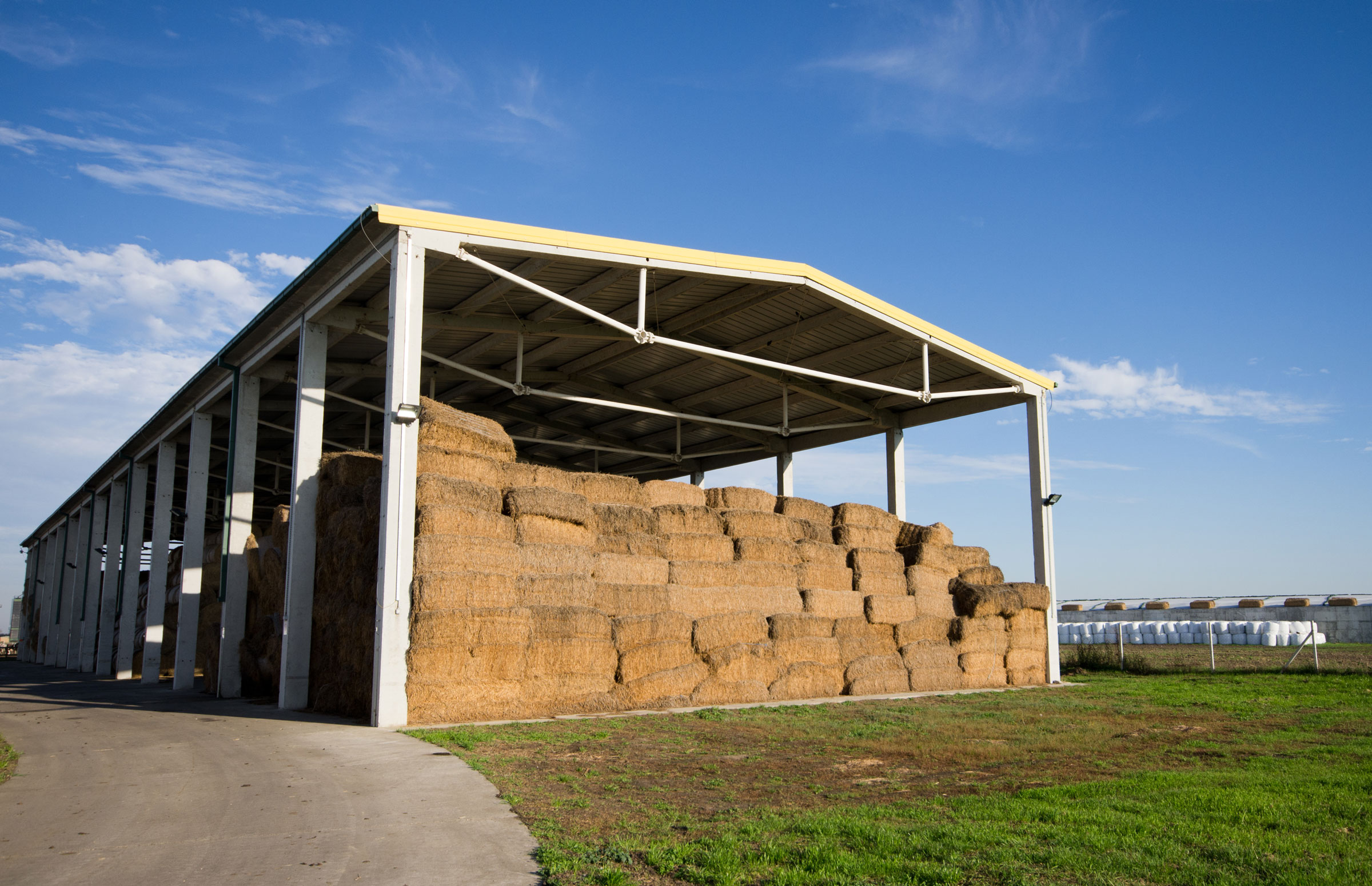
Availability—determined by weather during harvest—affects hay prices, as does quality. And quality affects nutrition. Maybe in a good hay-growing year you can pay $3 a bale for grass hay, or you could be looking at paying higher prices because of demand by local sources.
Some links in articles are part of an Amazon Affiliate program that provides income to support this brand. Links are chosen by our editors.
Hay is big business, the third-largest crop in harvested acres. Cattle are the primary market, and alfalfa is the largest hay crop.
When you are purchasing hay, you often pay by the bale or ton. Following are averages if you are buying by weight:
- 2-wire small square 50-70 pounds
- 3-wire square 100-125 pounds
- Round bale 1,000-2,000 pounds
Keep in mind that grass hay bales are usually lighter than alfalfa bales.
The Internet Hay Exchange lists average prices of $121 a ton for grass hay and $165 for alfalfa. Save money by buying in bulk, as in a semi-truckload, or buying bales still in the field.
Is Better Hay More Expensive?
Hay cuttings differ in quality, and demand for the best can boost cost. Dr. Dan Putnam, University of California Extension Specialist and Forage Specialist, noted, “Last year Supreme alfalfa was $350 a ton—this year it’s $240.”
The time of cutting influences quality. Dr. S. Ray Smith, a state Forage Extension Specialist at the University of Kentucky, recommended purchasing the later harvest. “The third, fourth, or fifth cuttings are typically the highest quality because they are leafier and cut with better drying conditions,” he said. “There’s a better chance it’s cured well and leafy, with not as many stems. First and second cutting can be just as good for quality, based more on the hay itself and the quality analysis. If buying local hay in the Eastern United States with the problems curing hay in the early spring, later cuttings are safer.”
Sources
Check current regional prices at these online publications:
- The USDA’s National Hay, Feed & Seed Weekly Summary, a report of hay prices, by ton or bale, can be obtained online as a PDF if you search for the title given above.
- The Hoyt Report, Inc. Western States Hay Market Analysis and Insights thehoytreport.com
- Internet Hay Exchange lets you buy direct from sellers with information on origin, type, bale type and price at hayexchange.com.
- Kentucky Department of Agriculture Hay For Sale at kyagr.com
- Hay USA, Inc. at hayusa.net
- Hay Wanted, online hay auction at hayexchange.com
Don’t forget, it is up to you to inspect the hay or get a guaranteed analysis to ensure the hay is of sufficient quality to feed to your horses.


